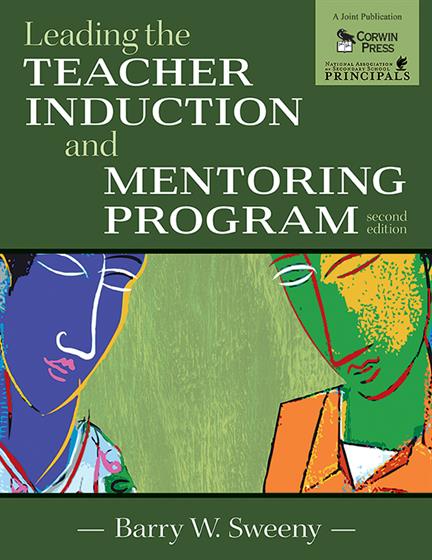Hands-on, Practical Guidance for Educators
From math,
literacy, equity, multilingual learners, and SEL, to assessment, school counseling,
and education leadership, our books are research-based and authored by experts
on topics most relevant to what educators are facing today.

Leading the Teacher Induction and Mentoring Program
Develop a high-impact training and mentoring program that strengthens teacher and student performance!
The author provides educational leaders with an effective, proven model for developing and implementing programs that result in highly qualified teachers. Extensively updated, the text offers practical strategies that promote growth for mentors and novice teachers alike and support school improvement and professional development initiatives. This comprehensive resource:
- Presents step-by-step directions for each part of the program development and implementation process
- Links the program to districtwide goals for improved teaching practice and increased student achievement
- Provides practical guidance for avoiding pitfalls and increasing program effectiveness
- Includes sample schedules, templates, and reproducible forms
- Grade Level: K-12
- ISBN: 9781412944618
- Published By: Corwin
- Year: 2007
- Page Count: 296
- Publication date: August 01, 2007
Review Copies
Review copies may be requested by individuals planning to purchase 10 or more copies for a team or considering a book for adoption in a higher ed course. Request review copy


